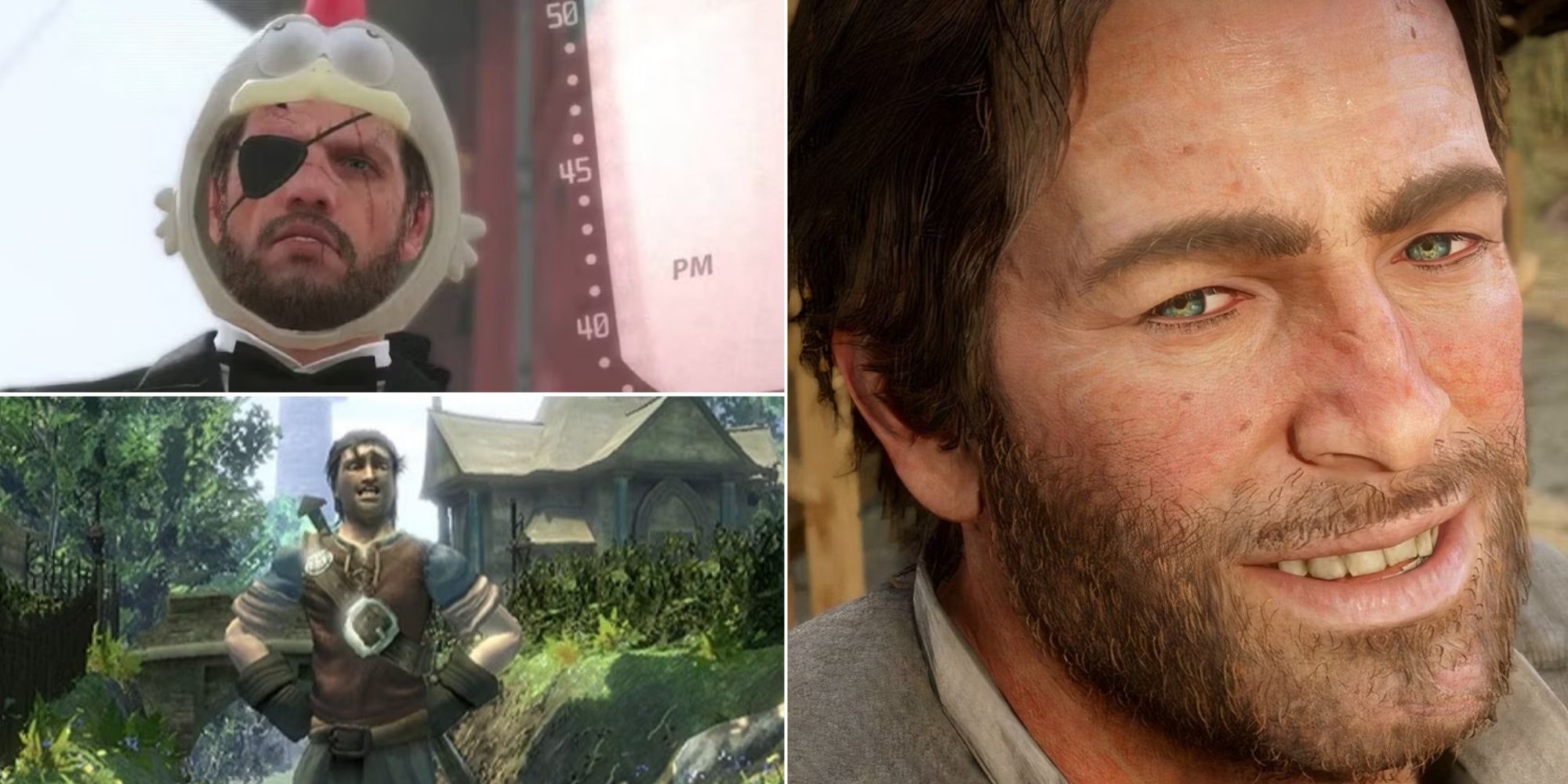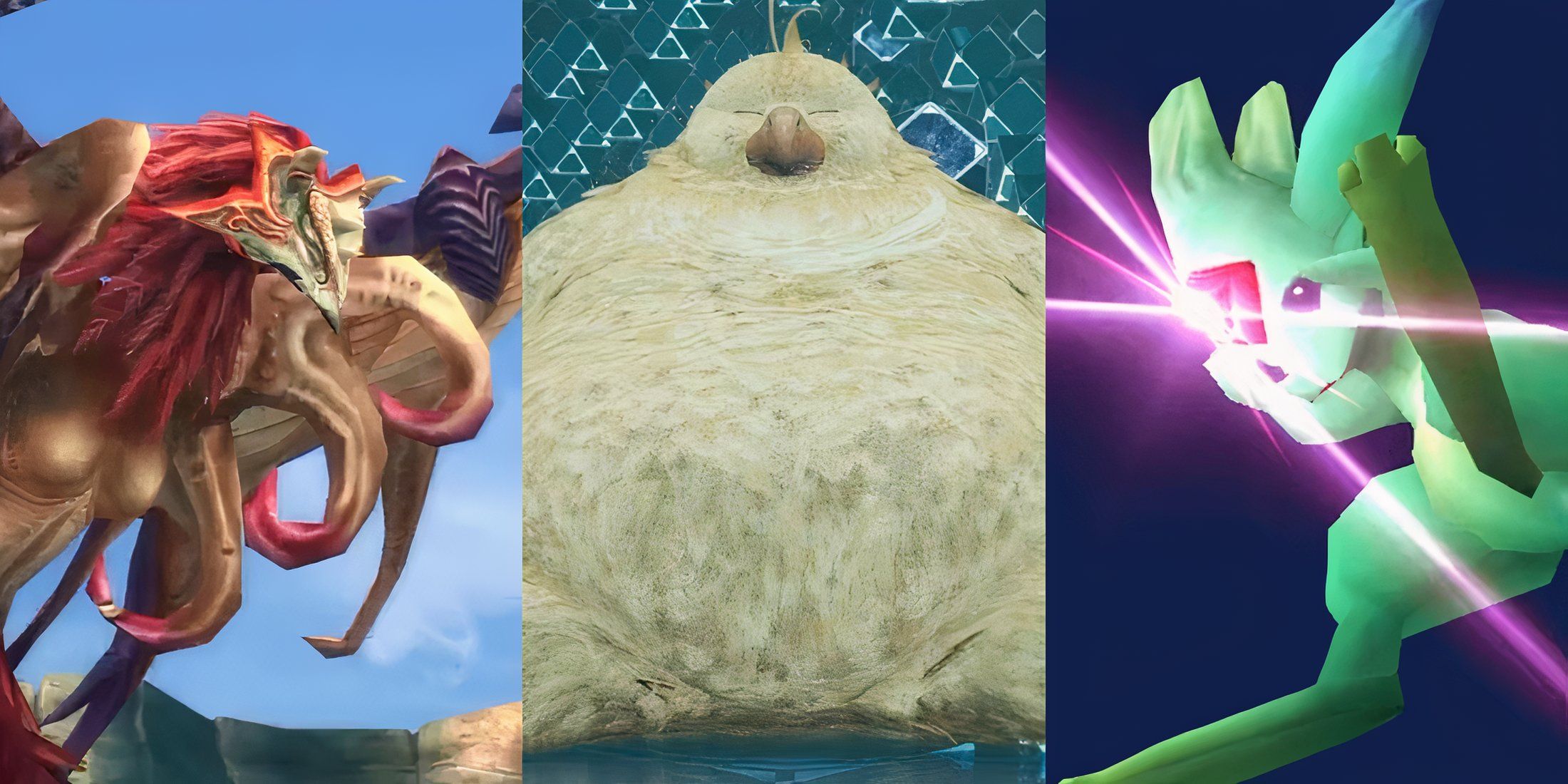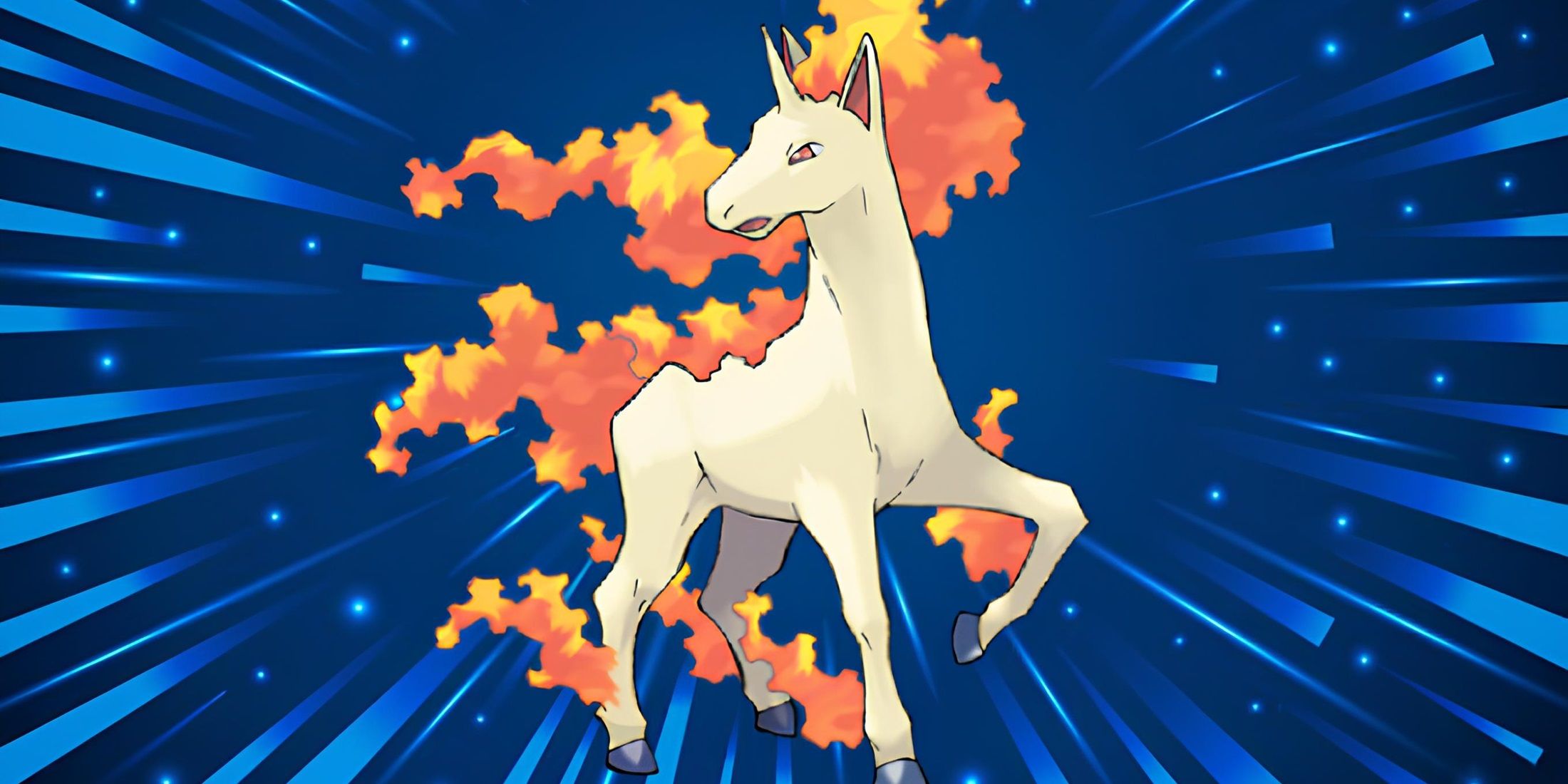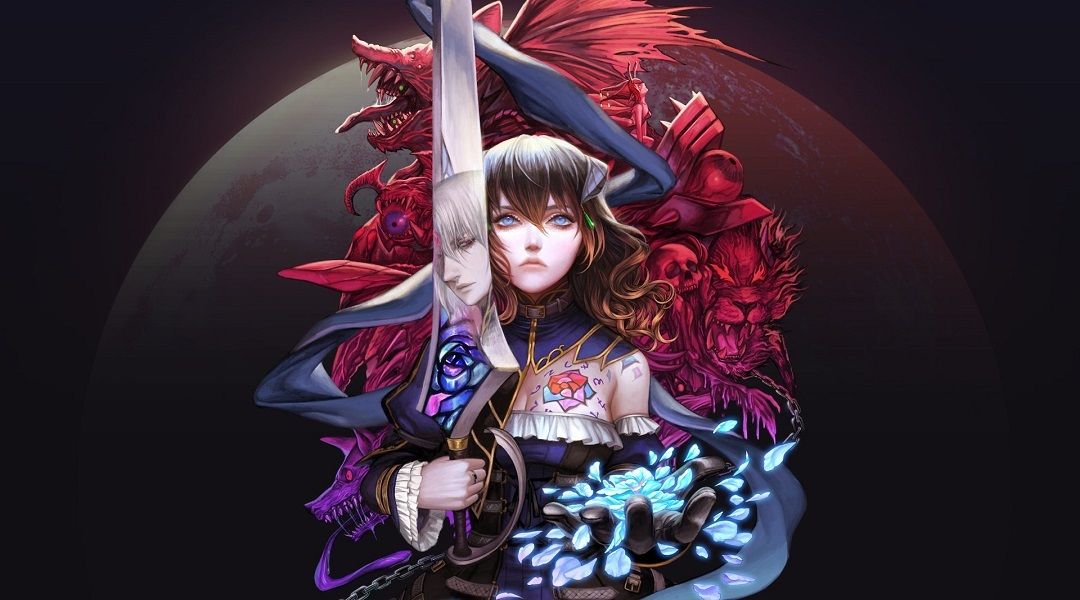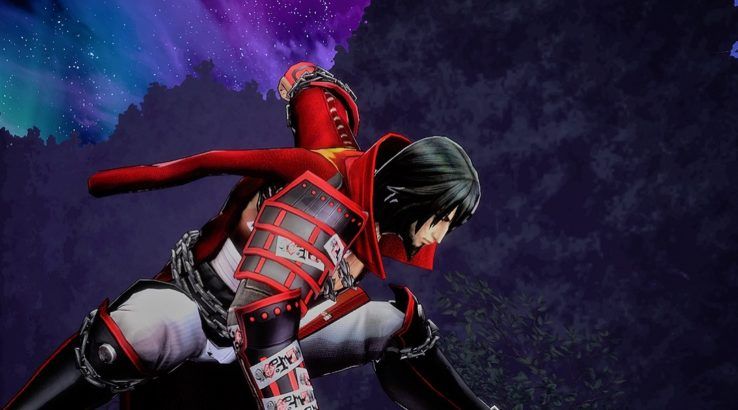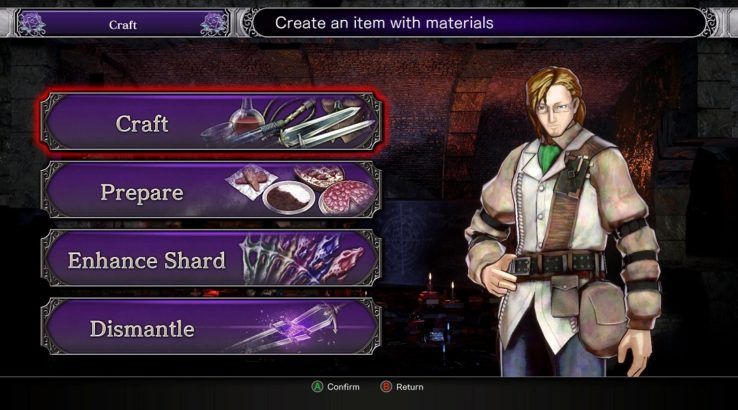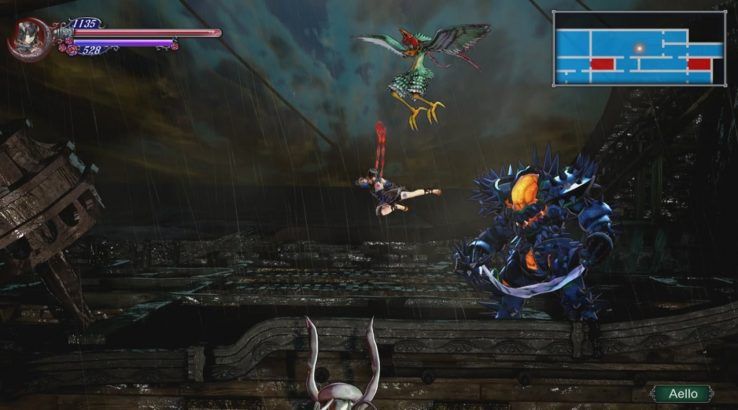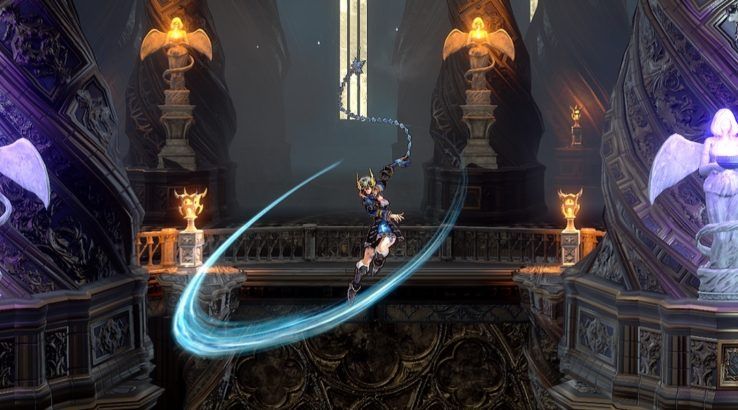With his work on the critically-acclaimed Castlevania: Symphony of the Night, Koji Igarashi played an instrumental role in creating the "Metroidvania" genre of games. His subsequent Castlevania games on the Game Boy Advance and Nintendo DS were also fantastic, ending his run with the well-received Castlevania: Order of Ecclesia in 2008. With no Igarashi-produced Metroidvania game released in a decade, fans were understandably excited when a Castlevania: Symphony of the Night spiritual successor called Bloodstained: Ritual of the Night was announced on Kickstarter. Bloodstained: Ritual of the Night met its Kickstarter funding goals with little issue, broke some Kickstarter records, and was delayed a number of times. With over $5 million raised and years in development, was it worth it?
Bloodstained: Ritual of the Night does not break any new ground, and plays almost identically to Igarashi's Castlevania games. It's a typical Metroidvania, with players exploring a large map, obtaining new abilities that help them reach previously inaccessible areas, and fighting a variety of unique bosses. However, that's exactly what fans expected when they pledged money to fund a new Igarashi Metroidvania, and so Bloodstained delivers what fans want.
Of course, with the Castlevania franchise owned by Konami, Bloodstained does introduce some differences to distinguish itself as an original IP. Instead of hunting Dracula as a whip-wielding Belmont, players instead take on the role of Miriam, a "shardbinder" who kills demons and collects their abilities for her own. She is joined by helpful Alchemists, as well as a katana-wielding demon hunter named Zangetsu, who is voiced by David Hayter of Metal Gear Solid fame.
Like the gameplay, the plot in Bloodstained is really nothing new for Igarashi, but that's not a big deal. The game doesn't waste too much time in cut-scenes, and while that ensures players are constantly in the action, it also means there isn't a ton of character development and that does a disservice to some plot twists late in the game.
As previously stated, gameplay in Bloodstained is virtually identical to Igarashi's Castlevania games, which means that players will be doing plenty of platforming to avoid hazards and fighting hordes of monsters, free to experiment with the different weapons and "shards" (basically spells) at their disposal. We preferred heavy swords in our playthrough, but we didn't feel at a disadvantage no matter what combination of weapons we used. Thanks to the weapon variety and the shard abilities, the combat never gets boring.
Miriam's arsenal only grows the more she explores the castle, which is helpful as each new area often introduces deadlier foes with new kinds of attacks that will force players to change up their strategies. By the end of the game, players will have a dizzying number of abilities at their disposal, and that sense of progression is very rewarding.
Combat should be instantly familiar to anyone who has played Igarashi's Castlevania games, but if there's one area where Bloodstained manages to stand out a bit, it's its inclusion of more RPG elements. Besides just leveling up, Bloodstained also has a crafting system, cooking, and side quests. These RPG elements help to give players a bit more to do when they're not slaughtering masses of monsters. Players can ignore these side activities if they'd like, but their rewards typically make them worth doing.
The increased RPG influence is a benefit to Bloodstained, as is the way the game minimizes some annoyances from past Igarashi Castlevania games. For example, the irritating monsters that fly across the screen and turn players to stone are still in Bloodstained, but they are far less common. Players also don't run the risk of losing a ton of progress by dying, as save points and fast travel rooms are well-dispersed around the castle. It's still easy to get stuck at certain points in the game without really knowing what to do next, like after the Twin Dragons boss fight, but even that is far less prevalent compared to Igarashi's previous games, as there's almost always a general sense of what the next objective is, and the shopkeeper Dominique sometimes provides hints.
Overall, anyone that's a fan of Symphony of the Night or any other Igarashi-produced Castlevania game will find a lot to love about Bloodstained's gameplay. We found the game immediately engrossing and hard to put down, and it's an easy recommendation based purely on how fun it is to play. However, there are still some downsides to talk about that keep Bloodstained: Ritual of the Night from reaching quite the same heights as Igarashi's past work.
From a visual standpoint, Bloodstained is a bit of a letdown. The hand-drawn graphics shown in the Bloodstained Kickstarter pitch were much sharper than what's presented here, which is a somewhat drab 2.5D look. The unimpressive graphics are worsened when playing the Nintendo Switch version, which is the version of the game we played for this review.
The Bloodstained Nintendo Switch port is significantly uglier than its counterparts on other platforms, with some graphical effects simply removed from the game entirely. The Switch version also suffers from some other technical issues, including slowdown (especially on the big three-dimensional tower area), occasional crashing, and noticeable button latency. We adjusted to the latency and thankfully the crashing only happened a few times, but if one has a choice between the Switch version or other platforms, we definitely recommend getting Bloodstained for PC, PS4, or Xbox One instead. The ability to play Bloodstained on the go just isn't worth the performance sacrifices.
Now, the Bloodstained development team is apparently focused on improving the Switch port, and even with the technical issues, we still had a great time with the game. Despite its problems, Bloodstained still provides a classic Metroidvania experience with exciting combat, challenging boss fights, intense platforming, and rewarding progression. The game also offers quite a bit of content, including multiple endings, secret areas to find in the castle, and unlockable modes.
In the future, Bloodstained is only going to get more content for fans to sink their teeth into, including a multiplayer mode. A lot of the post-launch DLC for Bloodstained will even be added for free, though there will be some paid DLC as well, such as the Koji Igarashi boss fight. Regardless, Bloodstained is shaping up to be one of the most content-rich Metroidvania games out there thanks to its post-launch support, so fans shouldn't be too hesitant in investing in the game now.
The coming months are sure to add even more value to Bloodstained: Ritual of the Night, but it's still a strong game at launch. It's exactly what fans expect from an Igrashi-produced Metroidvania game, and even the inferior Switch port is still a fun time that should satisfy Castlevania fans who are tired of waiting for Konami to properly continue the series.
Bloodstained: Ritual of the Night is out now for PC, PS4, Switch, and Xbox One. Game ZXC reviewed the game on Switch.
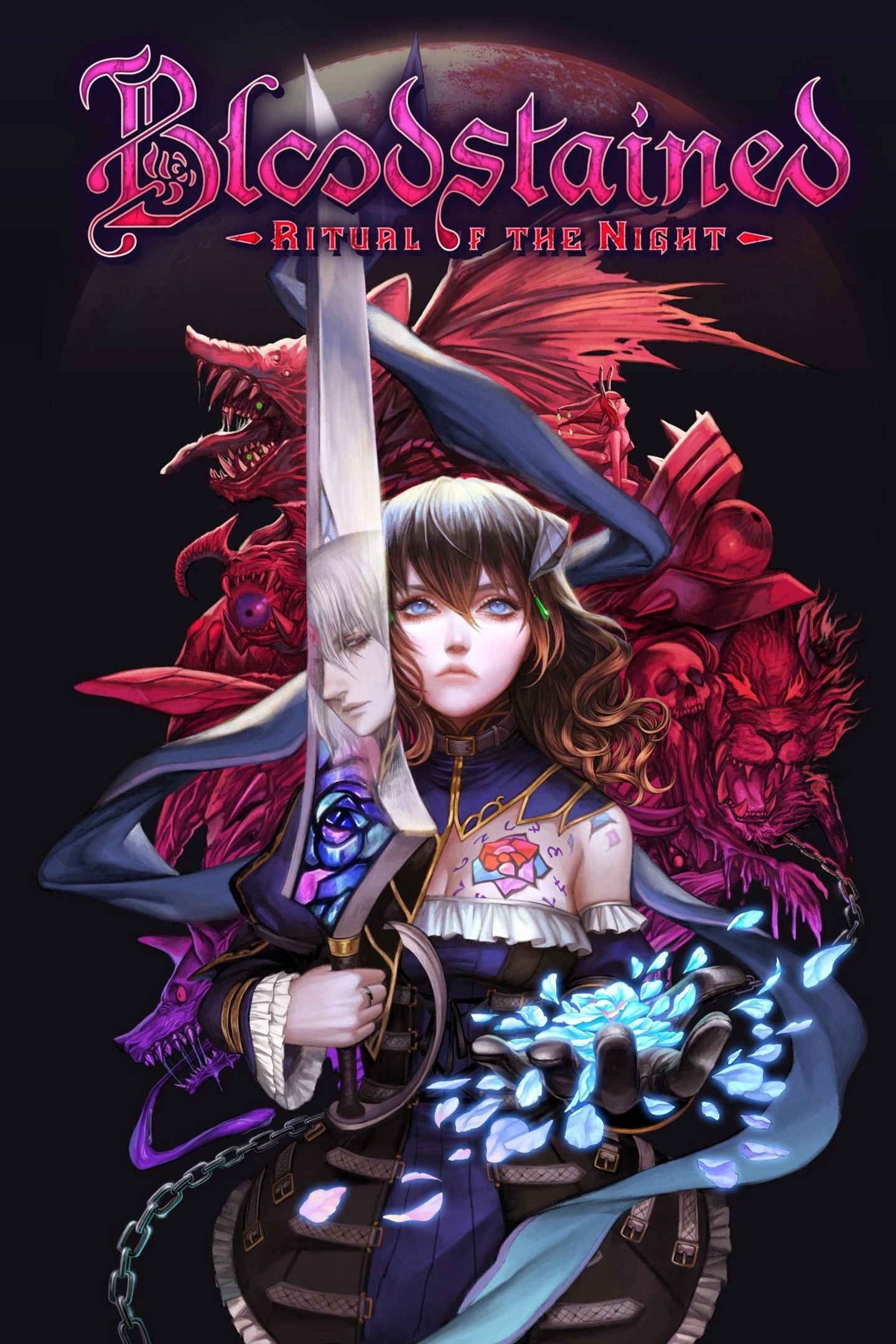
Bloodstained: Ritual of the Night
From Japanese indie game studio ArtPlay comes Bloodstained: Ritual of the Night. Players take on the role of Miriam in this Metroidvania on a quest to save herself from a curse. The game is a side-scrolling RPG full of combat and challenges, similar to its spiritual predecessor, the Castlevania franchise.

